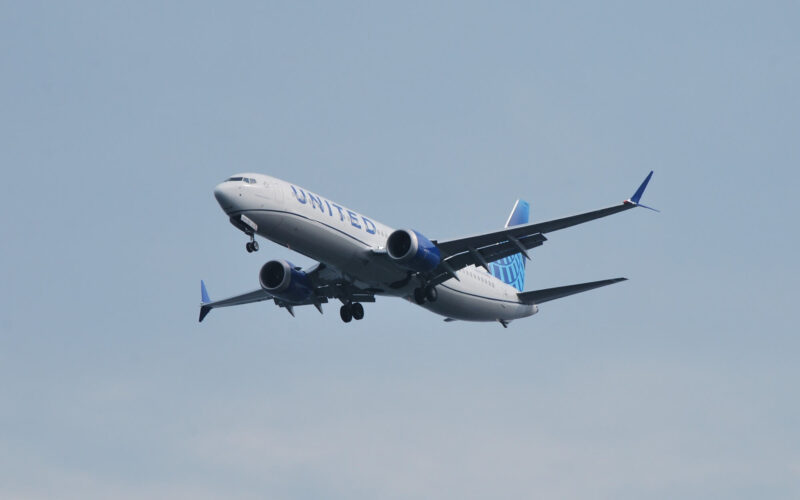Boeing’s third 737 MAX-10 took to the skies to join the type’s test flight program as the manufacturer continues to push certification of the jet forward.
The narrow-body jet has currently performed a single test flight, sporting United Airlines’ newest livery.
The aircraft, registered as N27753, took off from Renton Municipal Airport (RNT) on November 18, 2022, at 12:08 PM local time (GMT –8), before landing a couple of hours later at 2:40 PM local time (GMT –8) at Seattle Boeing Field (BFI). During its journey, the 737 MAX-10 also briefly overflew Moses Lake Grant County International Airport (MWH).
Data from the Federal Aviation Administration (FAA) shows that the aircraft is still assigned to the manufacturer, even if it is sporting the United Airlines livery.
Our third 737-10 took flight today sporting our customer @united‘s livery! The airplane joins the flight test fleet of our newest and largest member of the 737 MAX family. pic.twitter.com/ylkf4JLhT3
— Boeing Airplanes (@BoeingAirplanes) November 19, 2022
737 MAX-10 Certification still months away
The third aircraft joins two others, namely N27752 and N27751, in the 737 MAX-10 flight test program, as Boeing continues to accelerate the certification of the aircraft.
During the Boeing Investor Conference on November 2, 2022, Stan Deal, the President and Chief Executive Officer (CEO) of Boeing Commercial Airplanes, indicated that the company expects the jet to achieve certification by late 2023 or early 2024, as the planemaker continues to work with the FAA to finalize the certification of the largest member of the 737 MAX family.
Seating up to 230 passengers or between 188 and 204 in a two-class configuration, the 737 MAX-10 provides the largest number of seats by trading off the maximum range it can fly during operations.
Still, the 737 MAX-10, much like the 737 MAX-7, has become a problem for the manufacturer. Following two Boeing 737 MAX crashes in Indonesia and Ethiopia, which claimed the lives of 346 people, former United States President Donald Trump signed the Aircraft Certification, Safety and Accountability Act (ACSAA). The law will go into effect from January 1, 2023. After that date, all aircraft certified in the United States must have modern safety management systems onboard, including flight crew alerting systems that are not present on any of the MAX variants. If US lawmakers do not provide Boeing with an exception, the manufacturer will have to place these systems onto the MAX-7 and MAX-10, resulting in airlines having to provide additional pilot training, increasing the overall operating costs of the two variants.

